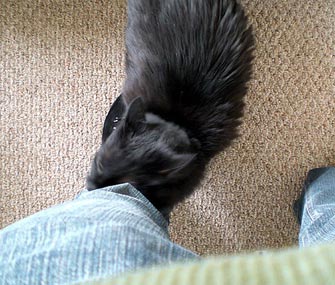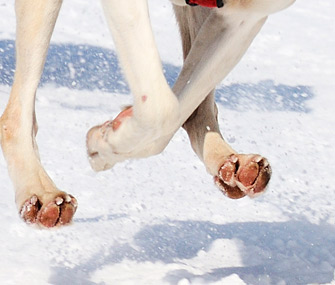
The popularity of a dog breed can change faster than you can say “Yo quiero Taco Bell.” One dayChihuahuas are feisty, fun little dogs you’d see only occasionally; the next day (or so it seems), you have three of them back-to-back on your appointment calendar, and your local shelter is running a special on Chihuahua adoptions because there are so many looking for homes.
I see a lot of Chihuahuas over the exam room table these days, along with Labradoodles, Pit Bulls, Bulldogs and the eternally popular Labrador Retriever. I love them all, but I have to admit I do miss seeing some of the dogs who used to be in my waiting room, pets I rarely see now that they’ve lost the cachet they once enjoyed.
Five Breeds That Used to Be More Popular
Here’s my list of five dog breeds I used to see a lot of, and miss seeing now.
1. Irish Setters: I used to see a lot of these bouncy red dogs in my practice. I know the rub is that they’re too energetic and not the brightest bulb on the light string, but the ones I used to know were great family dogs who loved to be around people and really wanted to please. I miss their smiling faces and the feathered tails that never stop wagging.
2. Scottish Terriers: These stylish, strong-minded dogs can be difficult to handle, since they are terriers through and through. In my family we’ve loved a lot of terriers, including our forever-missed Wire-Haired Fox Terrier, Scooter, so I understand some of the challenges. These days I’m more likely to see a Scottie on a Monopoly board than on an exam table. Too bad, because these high-style pups really know how to make an entrance.
3. Collies: When Lassie is in, so are Collies. Otherwise, their size and the challenges of their massive, beautiful coat no doubt put many people off. And that’s a shame, because a good Collie, while not likely to be saving Timmy from the well every day, is a great family dog — smart, loving and always keeping an eye on his flock.
4. Brittanys: I suspect that as hunting has become less common as a sport, the breeds so closely associated with the pursuit have fallen out favor. And that’s unfortunate, because the Brittany is a dog that can do more than just hunt. The Brittany's compact size makes him a good match for an active family, and he's a natural at modern-day canine sporting events such as agility.




































